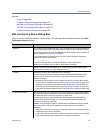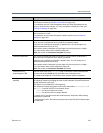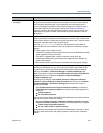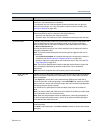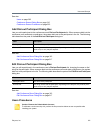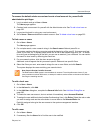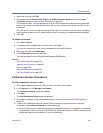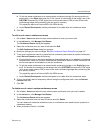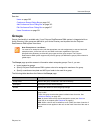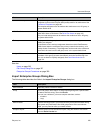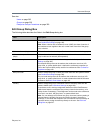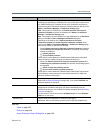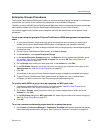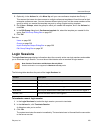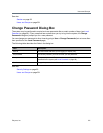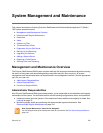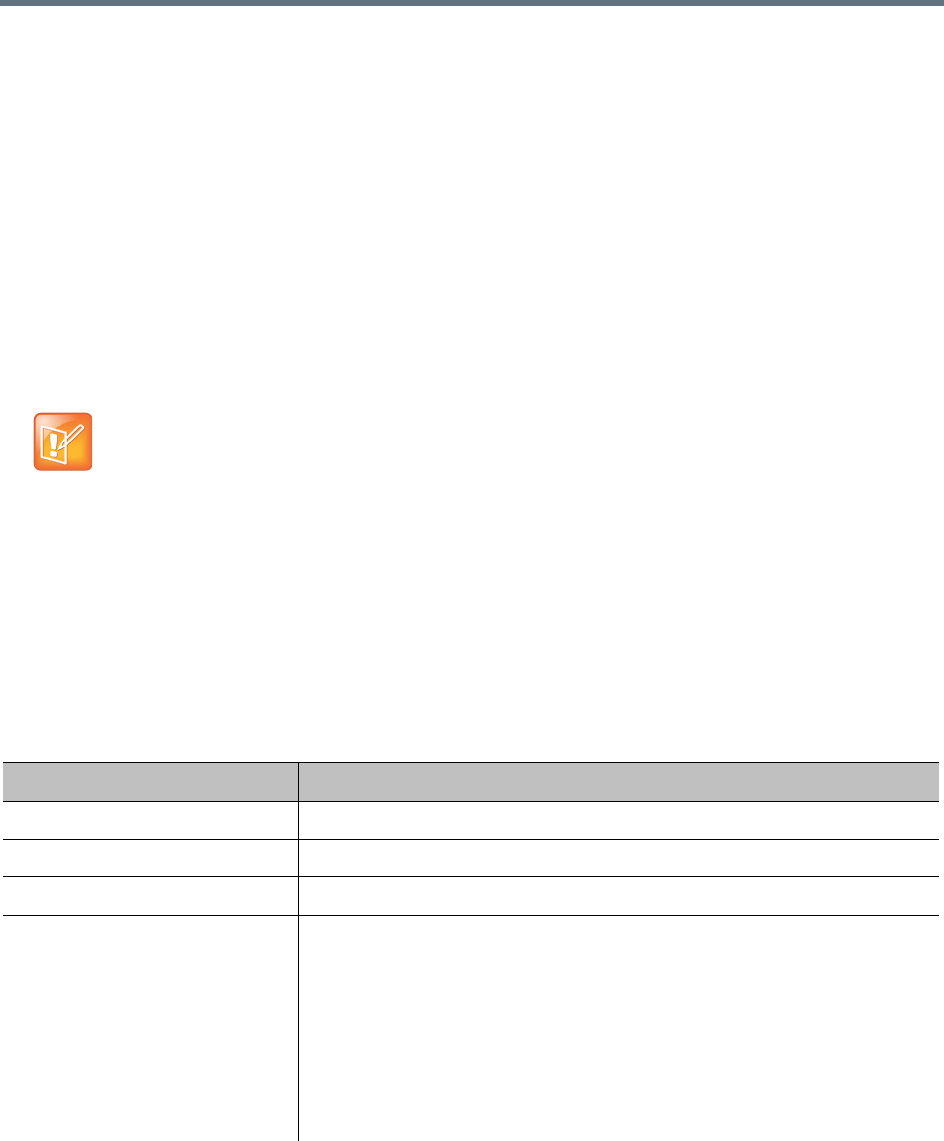
Users and Groups
Polycom, Inc. 325
See also:
Users on page 303
Conference Rooms Dialog Box on page 310
Add Conference Room Dialog Box on page 312
Edit Conference Room Dialog Box on page 317
Users Procedures on page 321
Groups
Groups functionality is available only if your Polycom RealPresence DMA system is integrated with an
Active Directory. User groups are defined in your Active Directory and imported into the Polycom
RealPresence DMA system from there.
The Groups page provides access to information about enterprise groups. From it, you can:
● Import enterprise groups.
● Specify Polycom RealPresence DMA system roles to be assigned to members of a group.
● Specify a conference template and MCU pool order to be used for a group.
The following table describes the fields on the Groups page.
Note: Enterprise vs. Local Users
You must be an enterprise user (with the appropriate user role assignments) to see and work with
enterprise users. A local user can only see other local users, regardless of user roles.
Microsoft Active Directory provides two group types and four group scopes. The Polycom
RealPresence DMA system supports only security groups (not distribution groups) with universal or
global scope.
Field Description
Group Name Name of the group, as defined in the Active Directory.
Description Description from the Active Directory.
Domain Name of the domain to which the group belongs.
Class of service Class of service assigned to the group, which determines the priority of the
group’s calls.
If none, the group receives the system’s default class of service. See
Conference Settings on page 185.
Note: A class of service may also be assigned to a user (see Users on
page 303) or an endpoint (see Endpoints on page 91).
Note: When a device calls a conference room (VMR), the class of service of
the conference room applies to the call, not the class of service of the user or
device.



